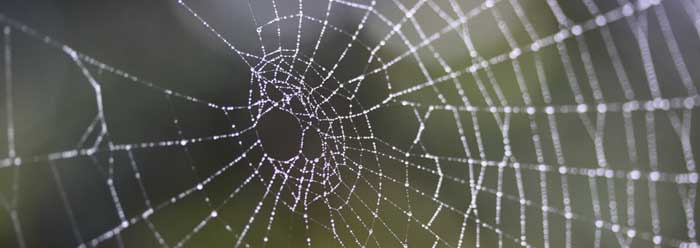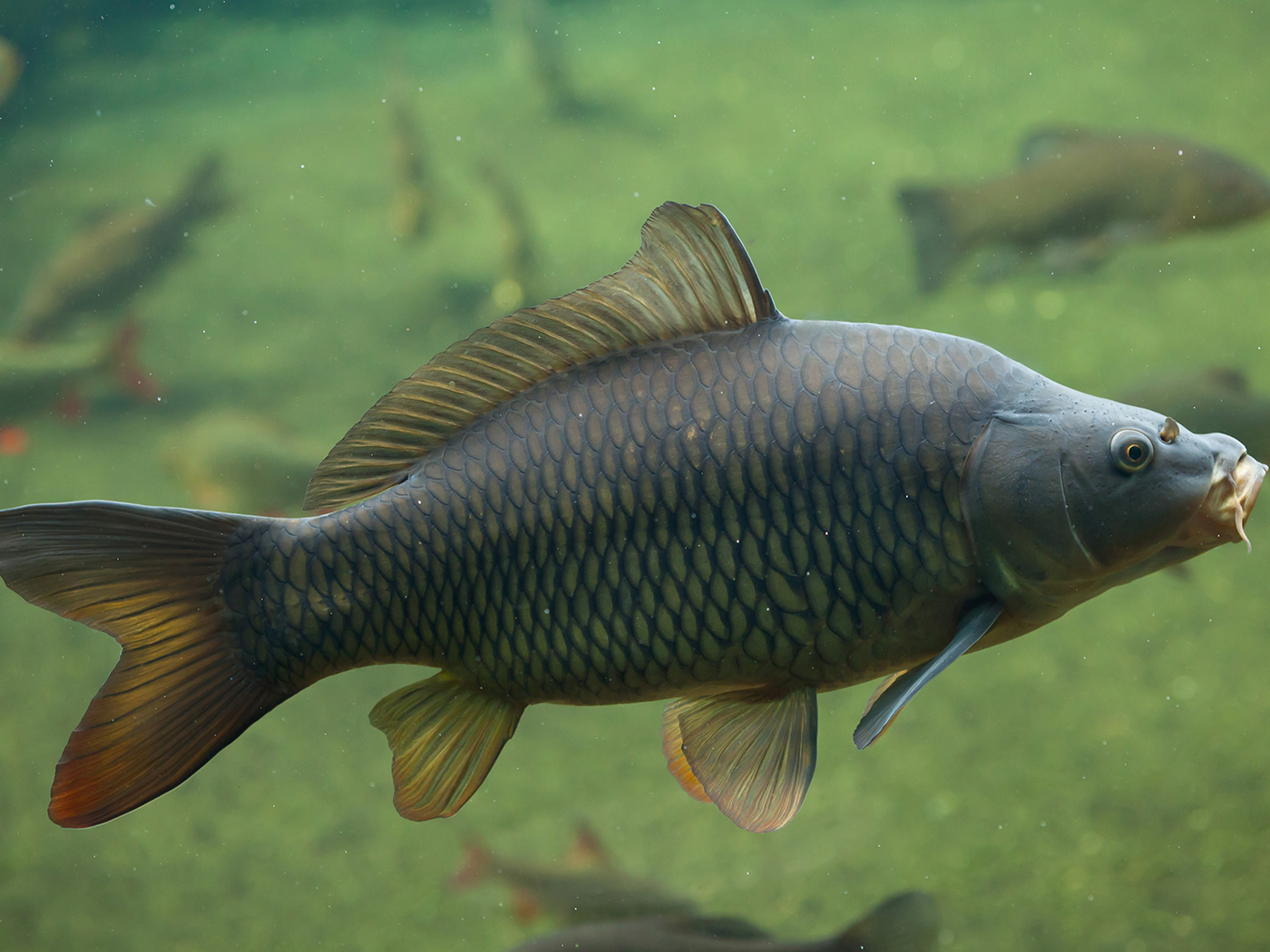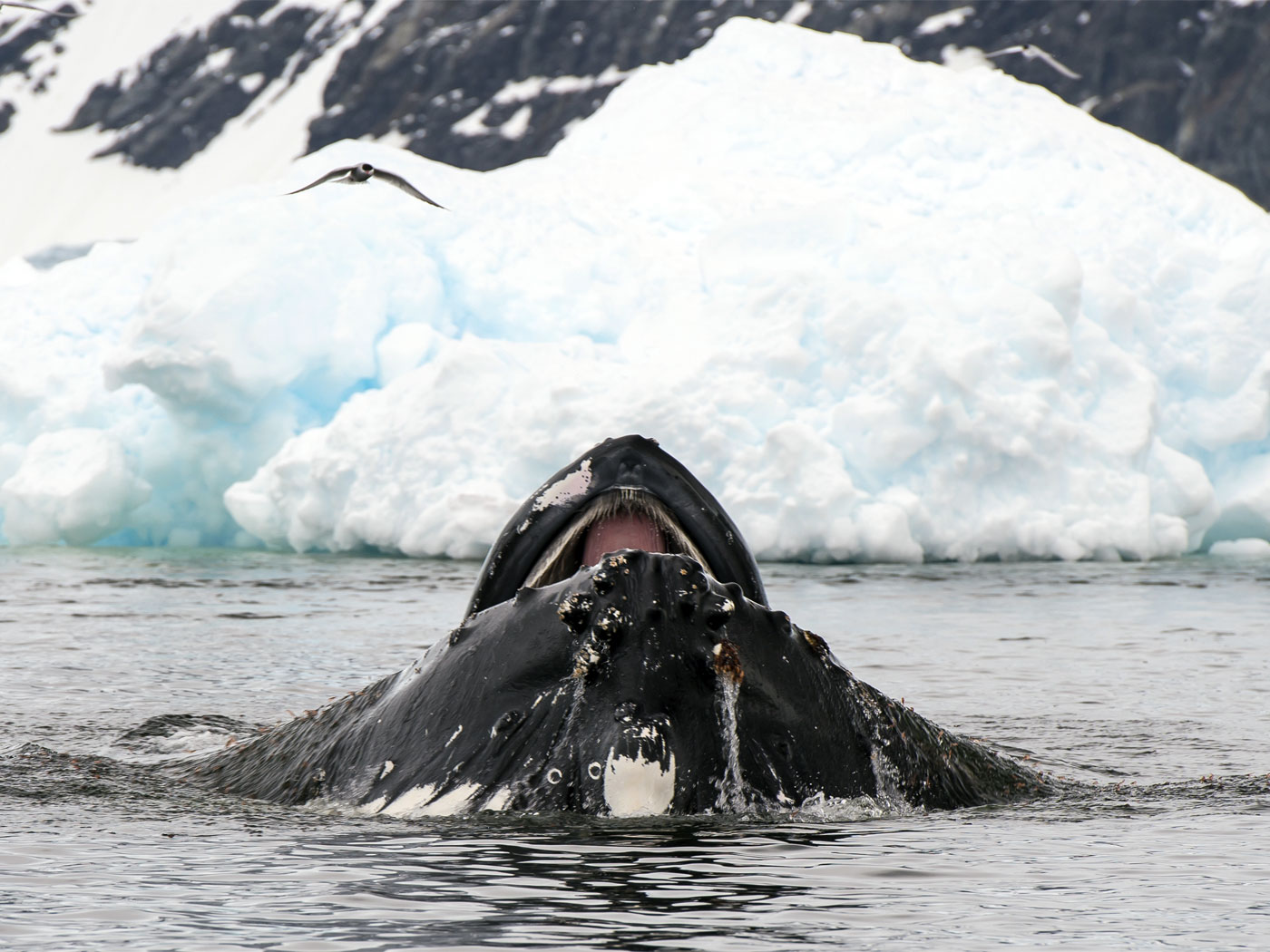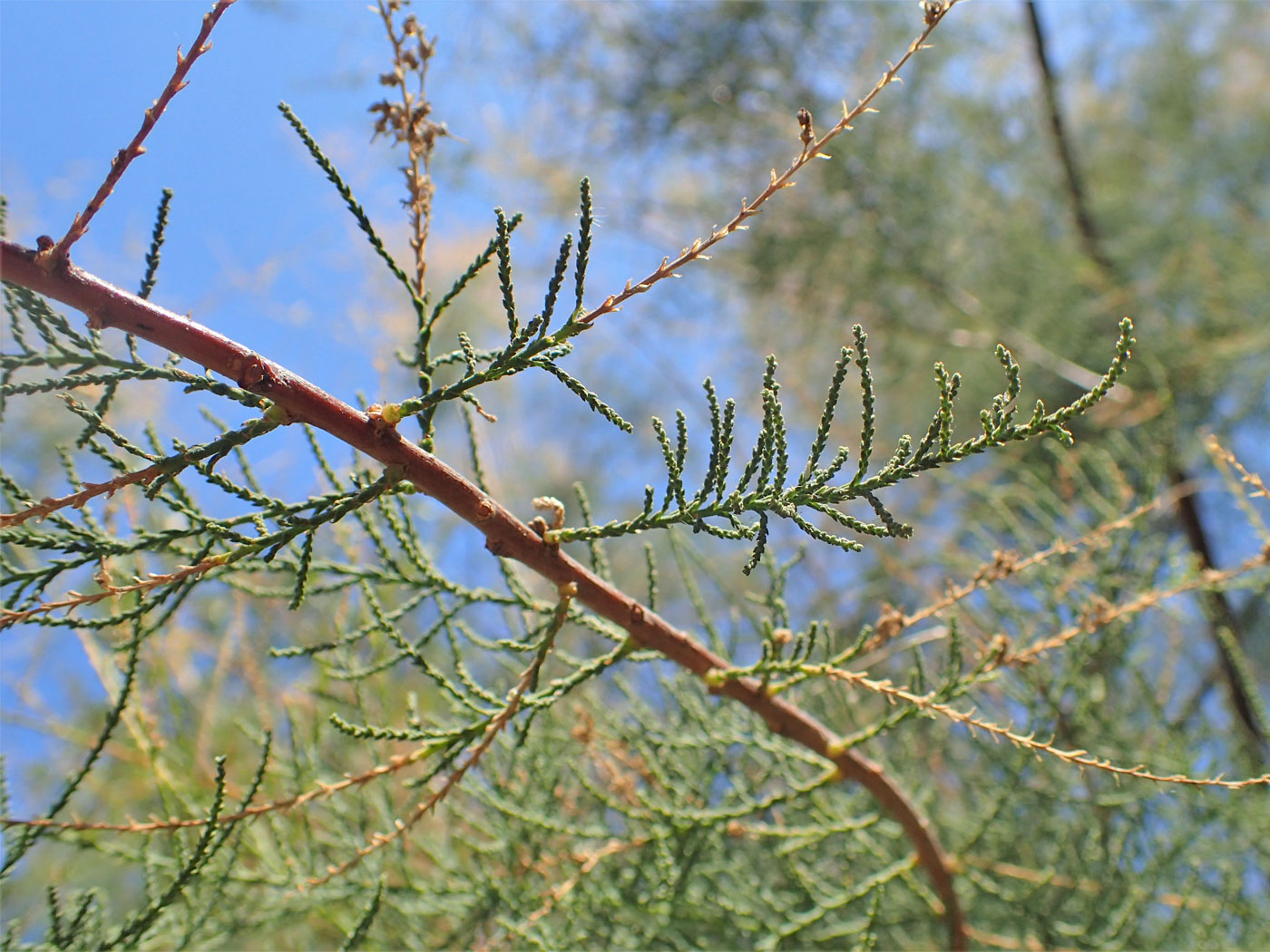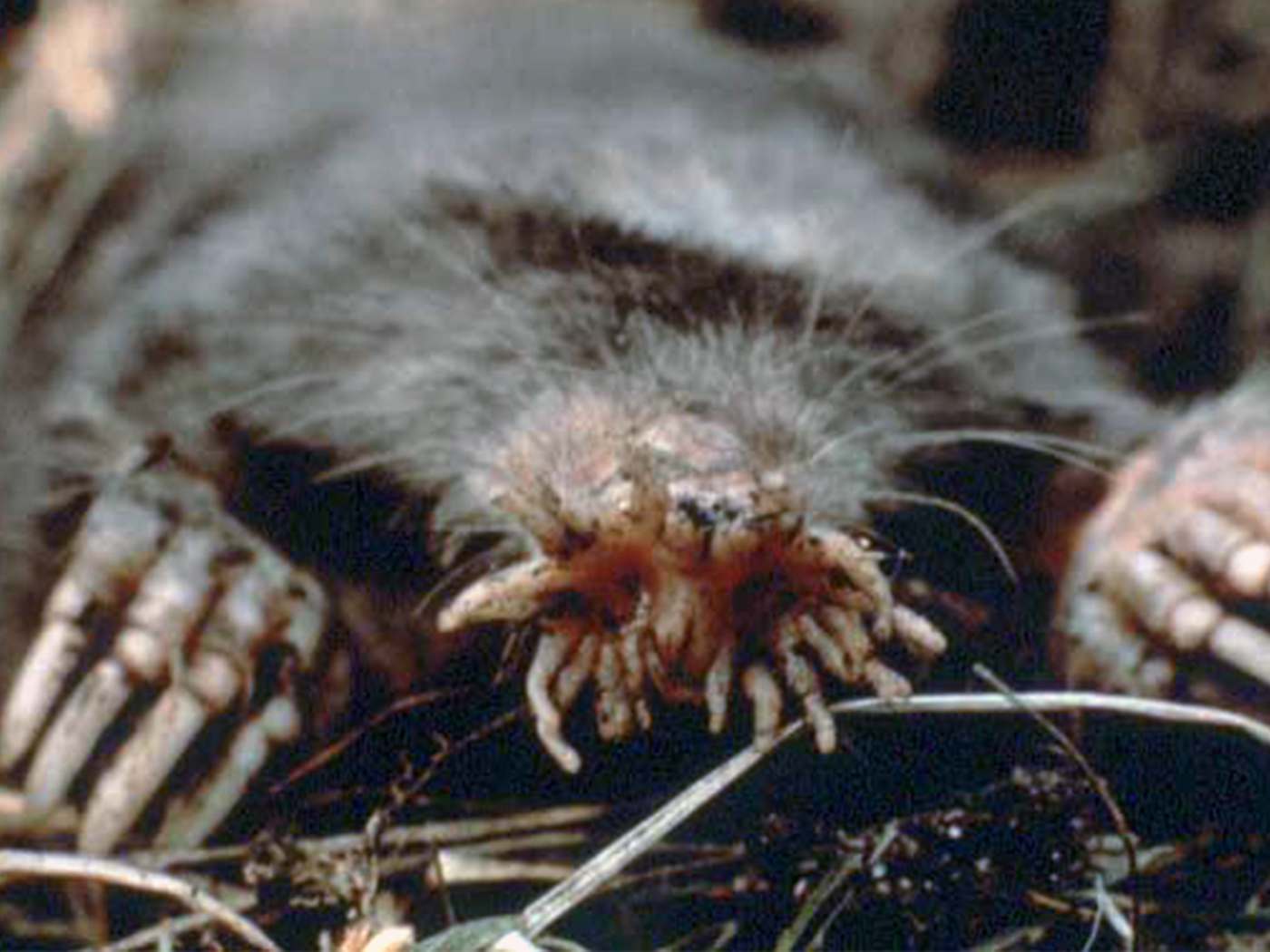Imagine a cloth that gets stronger after it is damaged. That is what scientists recently discovered when probing the strength of garden spider webs.
A research team tested the resistance of a spider web's supporting radial threads and compared that with the thinner spiral threads. They found that placing a certain amount of pressure on just one thread caused it to suddenly stiffen and distribute the stress to the rest of the web.
Of course, too much damage eventually weakened the web, but the initial damage had the opposite effect. After investigators applied even more pressure, the additional stress was not transferred to the whole web, but to tiny protein crystals acting as stress points on the targeted strand. Whether the scientists pushed on a spiral or radial thread, only that strand broke, leaving the whole web intact.
In fact, the whole web strengthened with a few broken strands! The study authors wrote, "The ultimate load capacity increased by 3-10% with the introduction of defects."1
"Given the presumed metabolic effort required by the spider for rebuilding an entire web, localized failure is preferential as it does not compromise the structural integrity of the web and hence allows it to continue to function for prey capture in spite of the damage," according their report in the journal Nature.1
If the entire web broke apart because of stress in one area, like when catching an insect, then the spider would have to constantly recycle and recast a new web. Spiders might not survive the energy cost required by all that work.
But because of the superior engineering in both the material and structural layout, spiders can catch multiple meals with the same web, and the web holds its overall strength even in very strong winds. The study authors called this an "optimized" system, meaning that it could not be improved. And if human engineers copy spider web construction tactics, they must conform to "a design stipulation that requires the consideration of both material and structural architecture."1
Did nature optimize spider webs, or was this design feature programmed by the Creator? If making mere copies of spider web structure "requires the consideration" of specific elements, then it stands to reason that the origin of spider web construction also required consideration. Nature is, in fact, mindless and cannot consider anything. Since only a real engineer can consider and construct, the Intelligent Designer—our Creator—is certainly responsible for the garden spider web's "enhanced mechanical performance."1
Reference
- Cranford, S. W. et al. 2012. Nonlinear material behaviour of spider silk yields robust webs. Nature. 482 (7383): 72-76.
* Mr. Thomas is Science Writer at the Institute for Creation Research.
Article posted on March 19, 2012.




